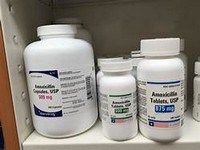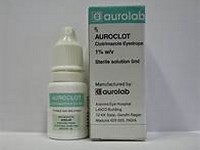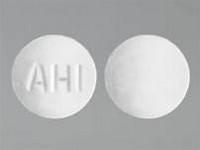rizatriptan

CLINICAL USE
Acute treatment of migraineDOSE IN NORMAL RENAL FUNCTION
10 mg, repeated after 2 hours if required; maximum of 2 doses in 24 hoursPHARMACOKINETICS
DOSE IN RENAL IMPAIRMENT
GFR (mL/MIN)
DOSE IN PATIENTS UNDERGOING RENAL REPLACEMENT THERAPIES
IMPORTANT DRUG INTERACTIONS
Potentially hazardous interactions with other drugsPropranolol: rizatriptan levels increased, reduce dose of rizatriptan to 5 mg (max 10 mg in 24 hours)
ADMINISTRATION
Reconstition
–Route
OralRate of Administration
–Comments
–OTHER INFORMATION
Administration with food delays absorption by approximately 1 hourMetabolised to mainly inactive metabolites <1% excreted in the urine as active N-monodesmethyl metaboliteAUC increases by 44% in haemodialysis patients
See how to identify renal failure stages according to GFR calculation
See how to diagnose irreversible renal disease
Home








